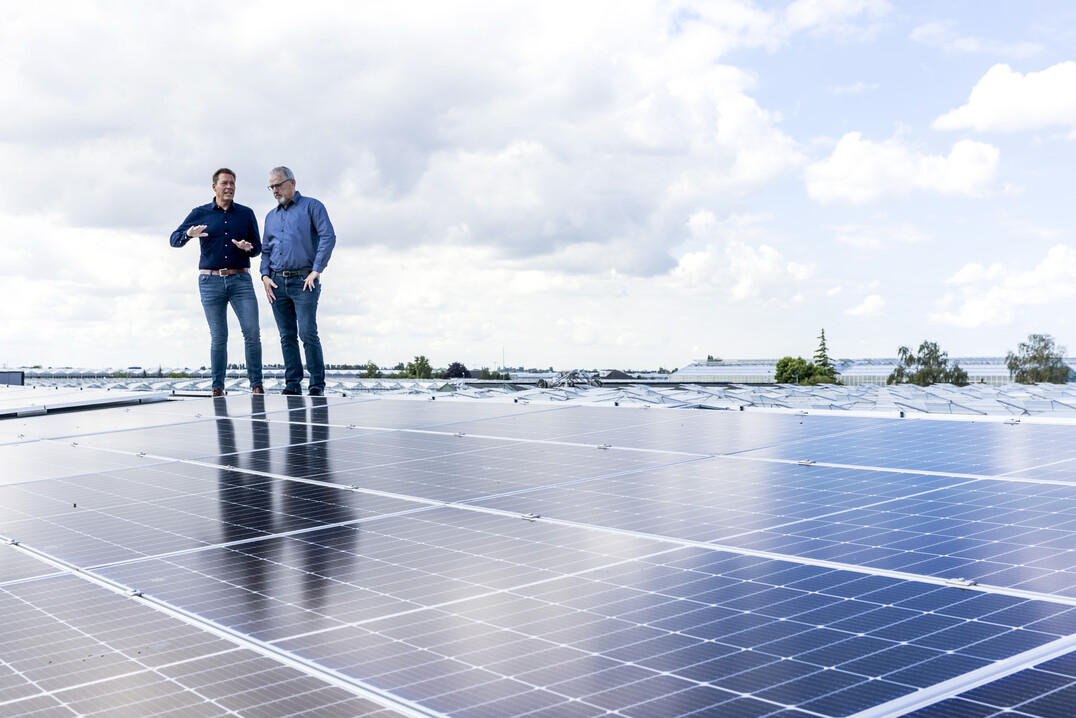Photovoltaic Systems in Horticultural Businesses
Photovoltaic systems (PV systems) have become firmly established in today's world and will develop even more potential in the coming years. At the same time, many horticultural businesses are considering decommissioning their greenhouses for economic or age-related reasons and are therefore looking for alternative uses for them.
- Published on

Investing in PV systems is proving to be highly beneficial for these businesses, not only from an ecological perspective, but also economically.
The right location
If you are planning to generate your own solar power, the first questions you need to ask yourself are: What type of PV system do you need? Where and how should it be installed? What type of construction would be most suitable? Most horticultural businesses looking to install a PV system are planning to install it on existing buildings. However, such an extension needs to be carefully considered. Storage buildings and production halls, cold storage rooms, connecting areas, work aisles, sales facilities and adjoining residential buildings or employee accommodation are particularly suitable locations for installing solar modules. In contrast to agrivoltaic systems, no conflicts arise between “harvesting” the maximum amount of sun from the PV system and the needs of the plants cultivated underneath. In addition, PV systems can now also be installed on water surfaces (rainwater storage tanks).
Electricity for your own use or to feed into the grid?
If you are generating electricity for your own use, you can consume the PV electricity during regular date-time operation. However, if the system generates more electricity than can be consumed, you have two options. You can either store the surplus in battery systems for later use or feed it into the public power grid in return for remuneration.
A tricky installation site: The greenhouse roof
If you are installing solar modules on existing greenhouses, special attention must be paid to the load-bearing capacity of the existing substructure. PV systems can be installed on the roofs of buildings in various ways: as so-called on-roof systems or as roof-integrated systems.
Damage risks for PV systems
One of the greatest risks for PV systems is the potential for loads caused by snow and ice accumulation. Thunderstorms, accompanied by hail, pose a serious hazard to PV systems, with varying degrees of risk depending on the region. The critical factor here lies in how the PV system is mounted on its supporting structure. Additionally, fire, including the risk of lightning strikes, is always a major concern for PV systems. Professional installation and regular maintenance are essential for ensuring the system's longevity and safe operation.
Insurance coverage
Gartenbau-Versicherung insures its members against material damage to PV systems. This type of insurance cover is possible for PV systems on residential buildings, greenhouses with retail facilities, production halls, cold storage rooms, connecting areas or even (old) production greenhouses and agrivoltaic systems.


